These Are the Best Butt Acne Treatments, According to Dermatologists
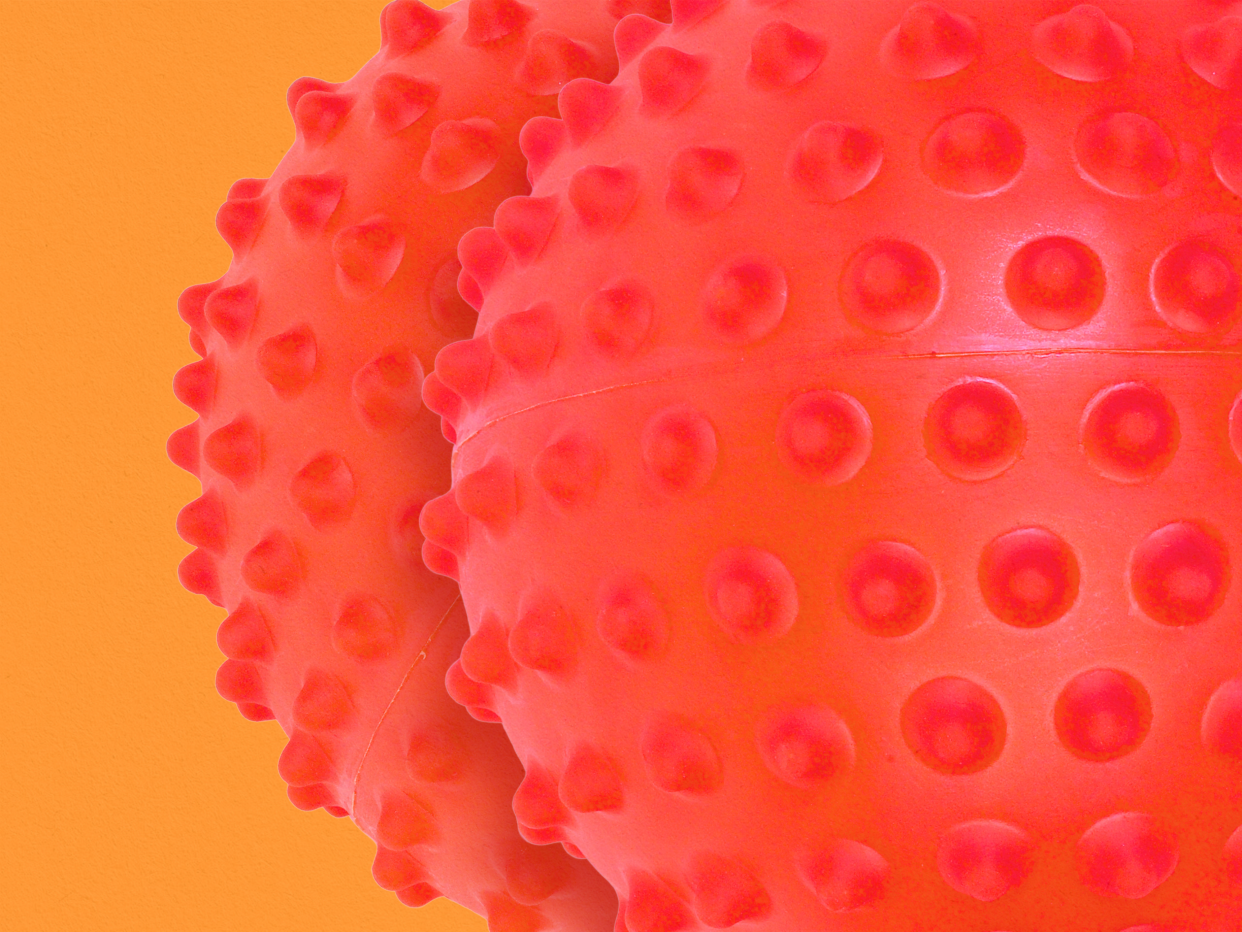
Hemera Technologies/Getty Images/Amanda K Bailey
Summer is all fun and rosé until somebody breaks out on their butt: Hotter weather equals more sweat equals a greater likelihood of dealing with all kinds of annoying body blemishes, butt acne included.
Yes, pimples can and do pop up on your (other) cheeks, an issue that can be especially frustrating (and confidence-deflating) during bathing suit season. But here’s the thing: While it’s certainly possible to get zits on your backside, what you may think are run-of-the-mill pimples might actually be something else entirely different than body acne.
So, how can you tell what’s causing your butt breakouts? And, more importantly, how do you get rid of them, and keep them from cropping up in the first place? We asked a couple of dermatologists to explain what may be, uh, behind these irksome spots—and to share their top butt acne treatment tips and tricks.
Are butt pimples different from regular ones?
In a word (okay, two words), yes and no. “It is possible to get traditional acne, just like you would on your face, chest, and back, on your butt,” Omer Ibrahim, MD, a board-certified dermatologist in Chicago, tells SELF. There’s one exception though: Comedones—a.k.a. whiteheads and blackheads—don’t typically show up back there (although experts aren’t sure why, exactly). Instead, you’re much more likely to see angry cysts, pustules, and nodules, because there’s a lot of friction in this area that contributes to inflammation, Marisa Garshick, MD, a board-certified dermatologist in New York, tells SELF.
However, all of the dermatologists we spoke with were quick to point out that what’s frequently called butt “acne” actually isn’t acne vulgaris at all. More often than not, it’s really folliculitis, Kristina Collins, MD, a board-certified dermatologist in Austin tells SELF. The misnomer makes sense. Simply put, folliculitis is the inflammation of a hair follicle, which manifests as small red bumps that are sometimes pus-filled, Dr. Garshick says. (In lighter skin, these blemishes may also look white, and in deeper skin tones, they’re typically darker, Dr. Ibrahim adds.) So, yeah, it’s not surprising that these spots can be mistaken for zits.
Finally, your bumps could also be keratosis pilaris (a.k.a. KP, a.k.a. chicken skin). While this skin condition typically develops on the backs of the arms and thighs, it can pop up on your butt as well, Dr. Ibrahim notes. Like folliculitis, KP bumps tend to be red or flesh-colored in lighter skin and more pigmented in darker skin, he says.
If you want to clear up your “buttne,” it’s important to figure out what’s triggering it in the first place so you can treat it accordingly. Given the visual similarities between the three conditions above, identifying the cause may require a trip to the dermatologist, but there are some key differentiating factors to keep an eye out for…
What causes butt acne, exactly, and how do you know what kind you have?
If you’re dealing with actual acne, there are a variety of possible culprits: an overproduction of sebum or oil (which can lead to clogged pores), bacterial overgrowth, and inflammation, explains Dr. Ibrahim. The interplay of these factors, as well as sometimes hormonal shifts (which can trigger that excess oil production), is what leads to acne anywhere on your face or body, your butt included, he says. (Note: While extra sweat during the hot and humid summer months won’t cause acne alone, it can definitely exacerbate the situation by increasing the amount of bacteria on your skin, both derms say.)
As we mentioned above, you’re unlikely to see blackheads or whiteheads on your behind, so how do you know if you have legitimate butt acne? For one thing, the pimples will all look a little different—some small, some large, with varying degrees of redness, Dr. Ibrahim notes. (FYI, butt acne typically looks similar in all skin tones, although those with darker skin are more likely to experience hyperpigmentation after the fact.) Another tell-tale sign: “When someone has acne on their face and/or back, it’s not uncommon to also have it on the buttocks,” Dr. Garshick says.
As far as folliculitis goes, Dr. Collins says friction is the enemy, which makes sense—butts are typically covered in very tight-fitting clothing (hello, underwear), not to mention that simply sitting involves rubbing and pressure. This may be enough to cause irritation and subsequent inflammation of the hair follicle, although bacteria can also come into play: “There are a lot of sweat glands on the buttocks and it’s a warm, moist area where bacteria thrive,” explains Dr. Collins, adding that the bacterial count in this area is already high to begin with. These microscopic bugs can end up infecting the hair follicle, further exacerbating inflammation.
Not to complicate things even more, but folliculitis can also be fungal, in which case it’s an overproduction of natural yeast on the skin that worsens the bumps and inflammation, Dr. Garshick says. You won’t be able to tell whether your folliculitis is bacterial, fungal, or neither simply by looking at it. But you can use visual clues to determine whether it’s folliculitis or acne you’re dealing with. The key distinction? “Folliculitis is monomorphic, meaning all of the bumps are going to look very similar, small, and typically red or deeply pigmented,” says Dr. Ibrahim. They can also be itchy and tender, Dr. Collins notes.
Finally, there’s keratosis pilaris, which occurs when an overproduction of keratin (a type of protein that forms the outer layer of the skin) plugs up the follicles leading to, you guessed it, bumps. The exact root cause is unknown, although there’s definitely a genetic component, Dr. Ibrahim says. They can be red, flesh-colored, or dark, and they look similar to folliculitis. The easiest way to tell the difference? “KP is completely asymptomatic, in that it’s not itchy, painful, or otherwise uncomfortable,” Dr. Collins explains.
How do you get rid of—and prevent—butt zits?
There are specific treatment options for each of these three types of butt bumps, but there’s also some overlap, particularly when it comes to acne and folliculitis, Dr. Garshick says. But first, let’s talk about prevention. (At least for acne and folliculitis, since unfortunately there's really not much you can do to ward off keratosis pilaris.) Most importantly, make sure you take a shower and cleanse your butt skin every day, advises Dr. Ibrahim. Yes, it can be that stupidly simple—washing off excess sweat and oil can help keep both pimples and folliculitis at bay.
On a similar note, there are a few beneficial lifestyle changes worth making. Getting out of sweaty workout clothes (tight leggings in particular) ASAP is very helpful, according to Dr. Garshick—as is choosing bottoms made of moisture-wicking materials, Dr. Collins adds. If, despite your best efforts, irksome bumps still pop up, the below tips can help you achieve clear skin:
For acne: Leave-on treatments and creams are tricky. Not only can application to the affected area require some Cirque du Soleil-style contortion, but the fact that your butt is usually covered up by clothing can make many ingredients you’d rely on to fight facial acne (especially strong ones like tretinoin) too harsh, Dr. Garshick says. Covering the treatment means that less will evaporate, and this increases the penetration of its active ingredients, which in turn ups the likelihood of ending up with irritated skin, she explains. Not to mention that topicals could also simply end up rubbing off on your clothing.
Your best bet is to rely on a skin-clearing body wash. All three of the dermatologists we spoke with sang the praises of a benzoyl peroxide cleanser, in particular. The ingredient is both antibacterial and anti-inflammatory, making it ideal for the type of angry breakouts that occur on your butt, Dr. Garshick notes. Use the wash every day, making sure to rinse it off well, as any leftover residue can bleach clothing or towels, Dr. Collins cautions. She likes: PanOxyl Acne Creamy Wash ($10, Amazon).
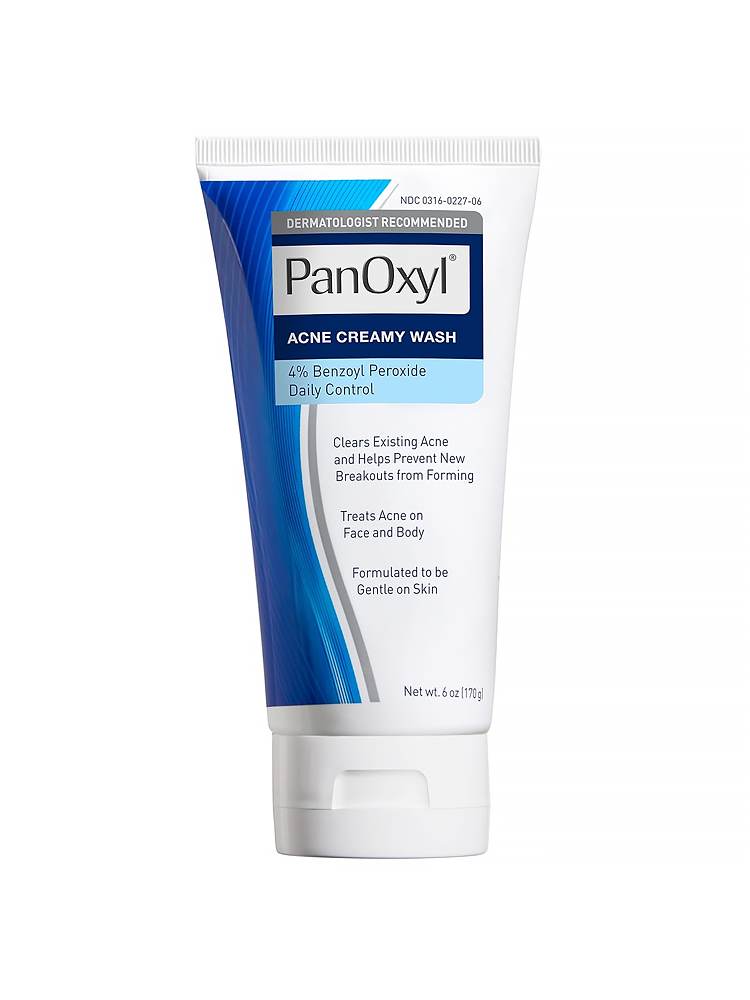
Acne Creamy Wash
$10.00, Amazon
For folliculitis: A benzoyl peroxide cleanser can be helpful here, too, for the same reasons we just mentioned. But it’s not your only option: Dr. Garshick also recommends washing daily with Hibiclens ($7, Amazon), an over-the-counter antimicrobial cleanser that’s currently a TikTok darling. Its active ingredient, chlorhexidine gluconate, combats Staphylococcus aureus, the type of bacteria typically associated with folliculitis—although it is worth mentioning that it won’t do anything for acne-causing bacteria, she notes.
Dr. Ibrhaim is also a fan of using Hibiclens to treat these bumps, but he often suggests people wash with an anti-dandruff shampoo, too, alternating between the two every other day. Yes, shampoo. On your butt. The active ingredients in these flake-fighting formulas (including pyrithione zinc and selenium sulfide) work to treat the overgrowth of yeast that causes fungal folliculitis, he explains. One to try: Head & Shoulders Classic Clean Dandruff Shampoo ($6, Target).
Even if you don’t know whether your folliculitis is bacterial or fungal, using these two different types of cleansers targets both possibilities, Dr. Ibrahim explains, adding that there’s typically no downside to using either. One important FYI: You’ll want to make sure to keep either one on your skin for around 30 seconds to give it enough time to actually work, he says.
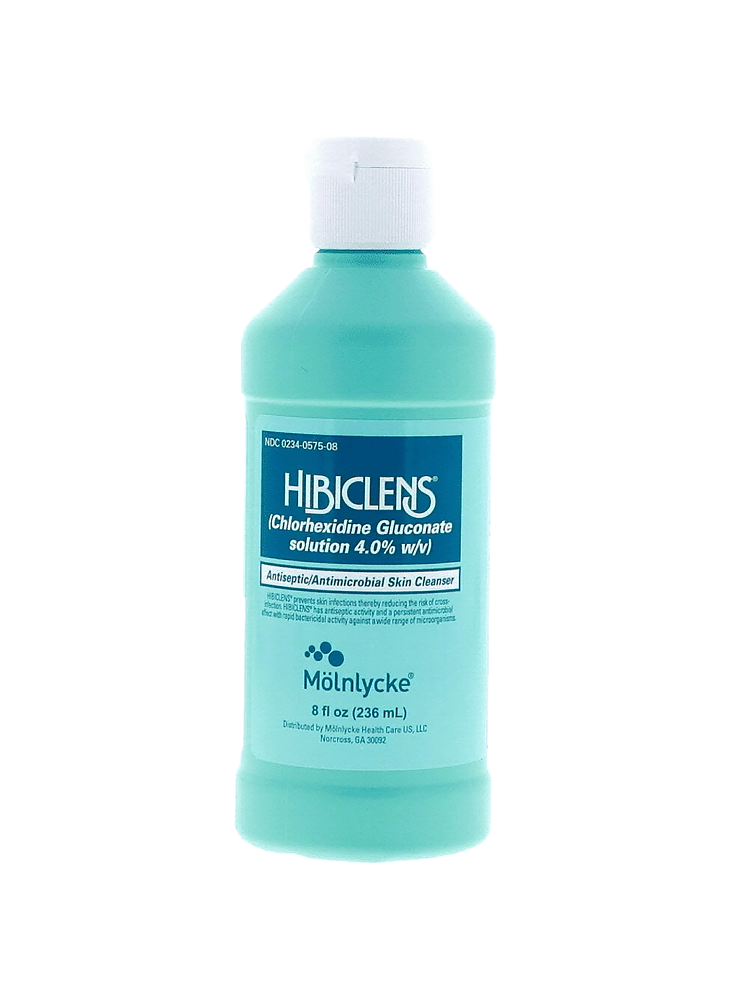
Skin Cleanser
$7.00, Amazon
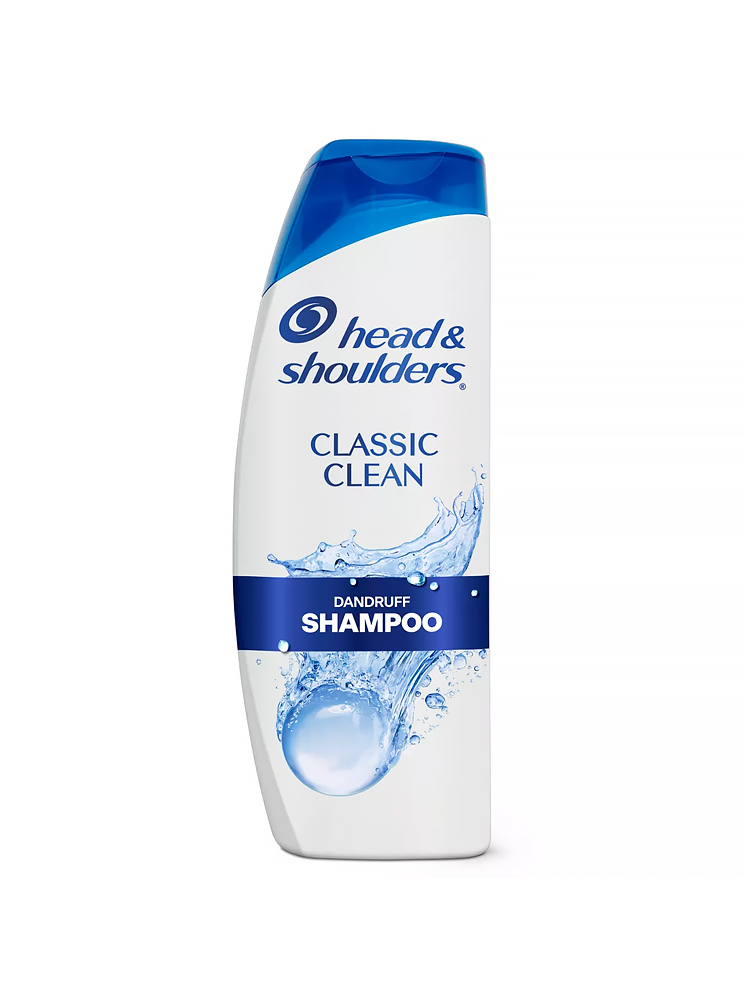
Classic Clean Dandruff Shampoo
$6.00, Target
For keratosis pilaris: Dr. Collins recommends using a salicylic acid wash—like Necessaire The Body Acne Wash ($20, Sephora)—daily if you have KP; the beta-hydroxy acid is keratolytic, meaning it can help break down the keratin build-up in the follicles, she explains. Applying a lotion that contains lactic acid, a gentle exfoliant that dissolves the ‘glue’ that holds dead skin cells together, after cleansing is another research-backed way to help keep your skin as smooth as possible, Dr. Garshick adds. Our pick: CeraVe SA Lotion for Rough & Bumpy Skin ($15, Amazon), which has both salicylic and lactic acid.
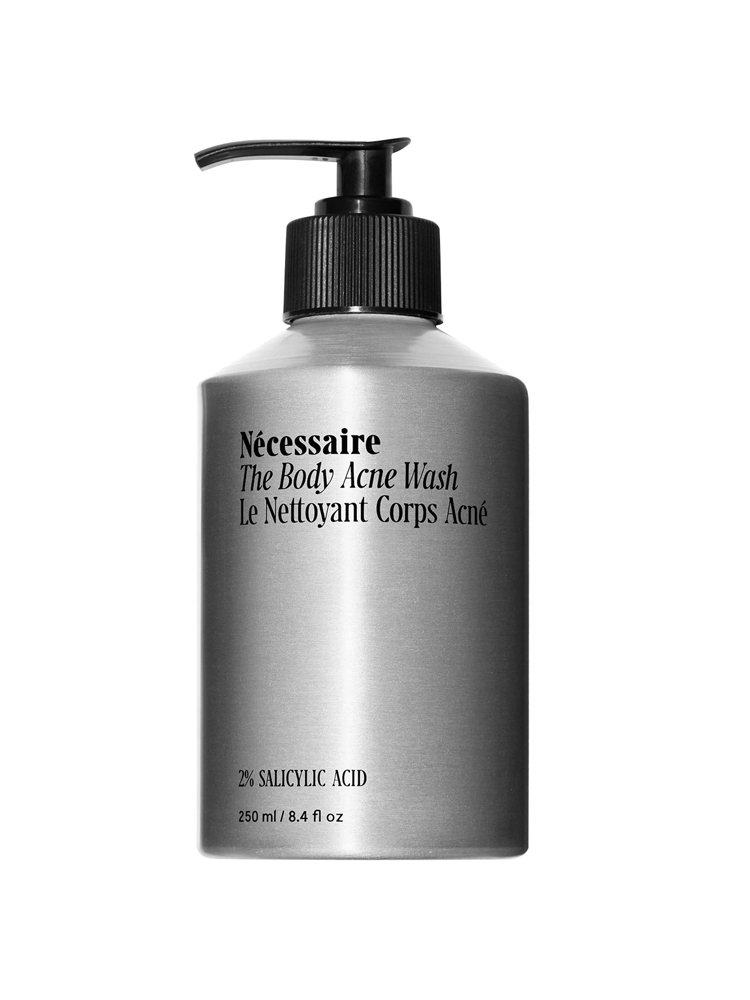
The Body Acne Wash
$20.00, Sephora
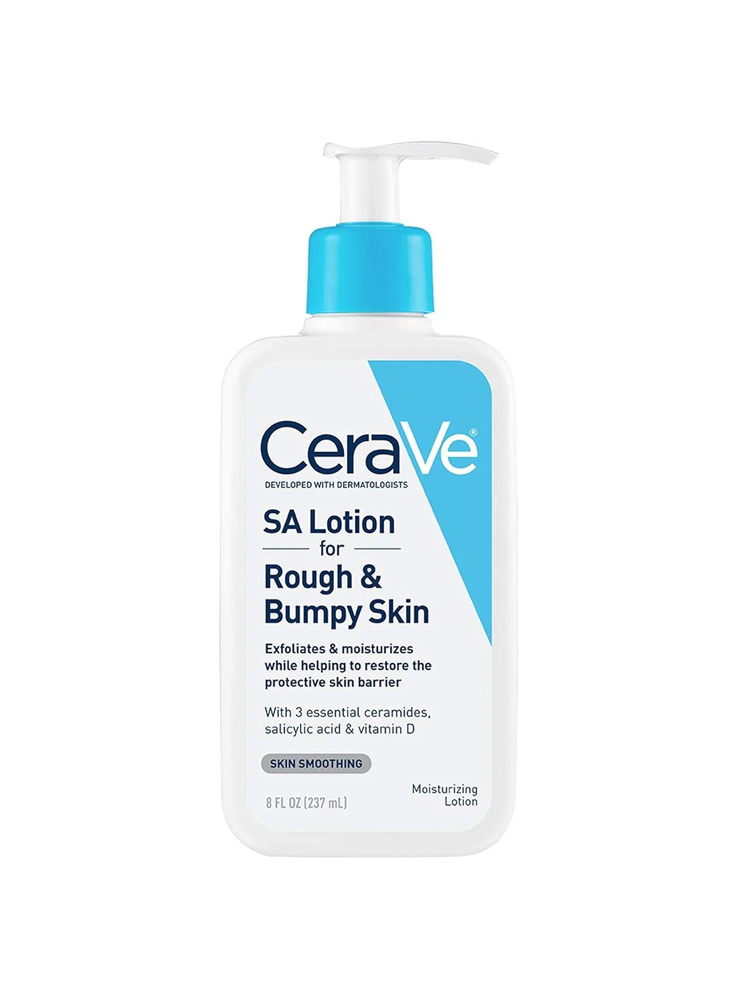
SA Lotion for Rough & Bumpy Skin
$20.00, Amazon
The one caveat for all of the above? If you really don’t know what kind of bumps you’re battling and/or you’re not seeing an improvement after a few weeks of your at-home treatment regimen, it’s definitely time to book a doctor’s appointment. Not only can a dermatologist help with an accurate diagnosis, but treating folliculitis in particular can sometimes require a prescription, typically for oral or topical antibiotics, says Dr. Collins. In other words, you’ll want to call in an expert when your butt’s on the line.
Related:
Originally Appeared on SELF


